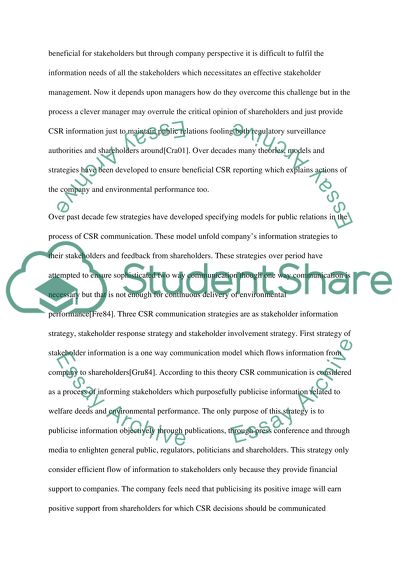Cite this document
(“Corporate Social Responsibility Essay Example | Topics and Well Written Essays - 1250 words”, n.d.)
Retrieved from https://studentshare.org/finance-accounting/1489531-corporate-social-responsibility
Retrieved from https://studentshare.org/finance-accounting/1489531-corporate-social-responsibility
(Corporate Social Responsibility Essay Example | Topics and Well Written Essays - 1250 Words)
https://studentshare.org/finance-accounting/1489531-corporate-social-responsibility.
https://studentshare.org/finance-accounting/1489531-corporate-social-responsibility.
“Corporate Social Responsibility Essay Example | Topics and Well Written Essays - 1250 Words”, n.d. https://studentshare.org/finance-accounting/1489531-corporate-social-responsibility.


